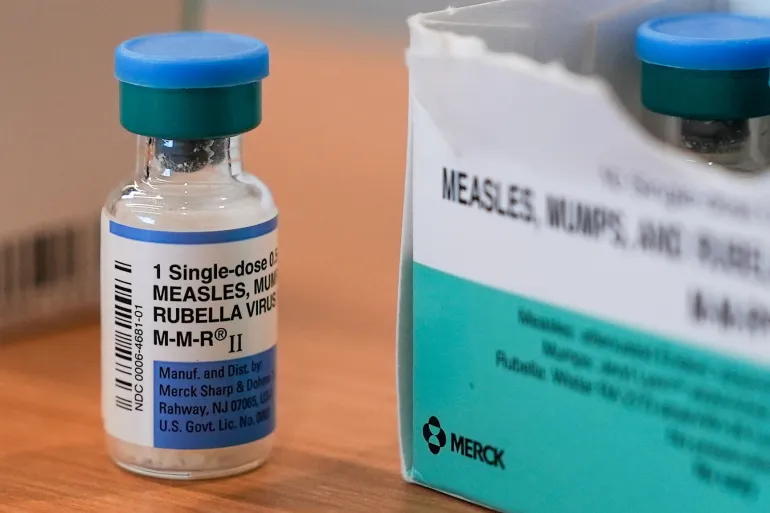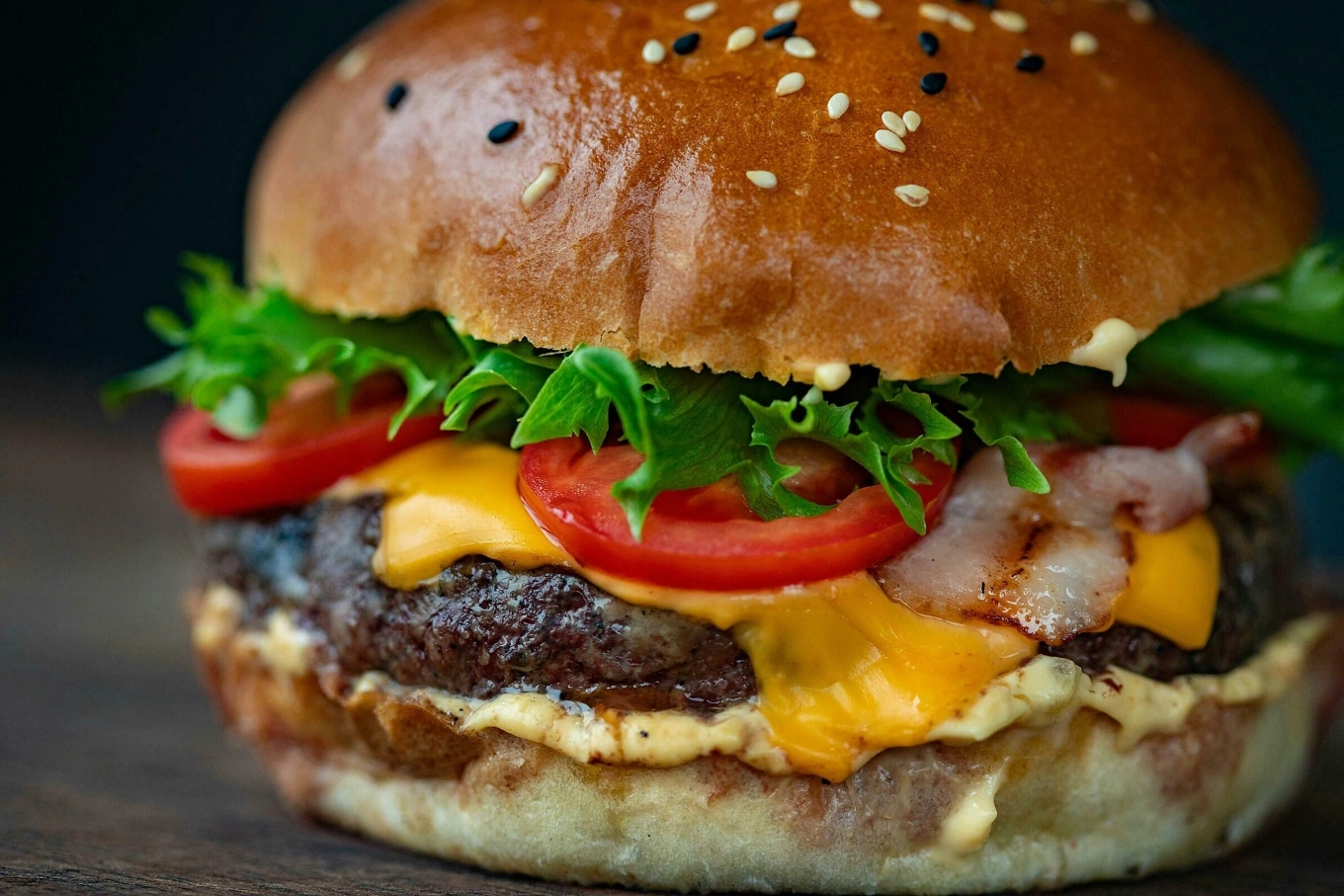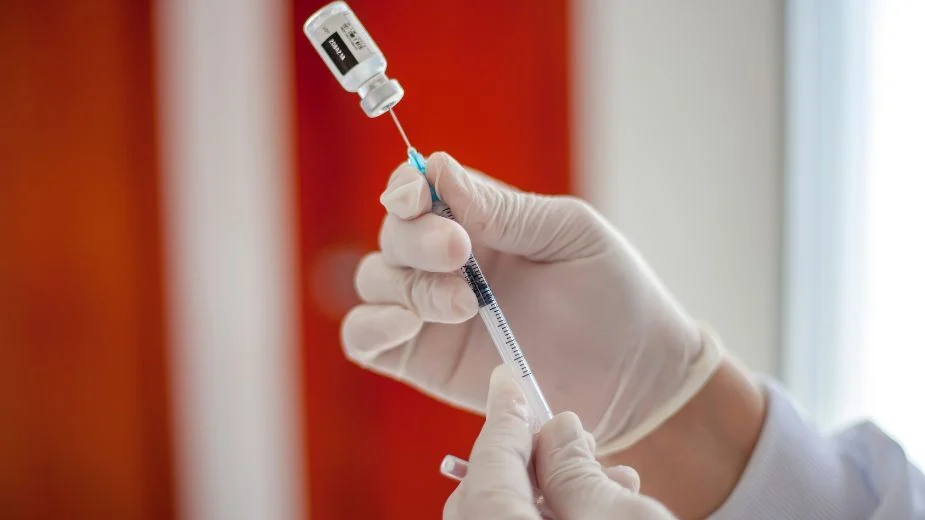Diabetics & Durian: A Mindful Guide
For individuals managing diabetes, understanding the glycemic impact of foods is paramount. The glycemic index (GI) is a numerical scale that ranks carbohydrates based on how quickly they raise blood glucose levels. While foods with a low GI (55 or less) are generally preferred, those with a moderate GI (56-69) can be included in a diabetic diet with careful planning. Durian, the “king of fruits,” falls into this latter category.
Dr. Nguyen Anh Duy Tung, a specialist from the Nutrihome Nutrition Clinic, clarifies that durian possesses a moderate glycemic index (GI), typically ranging from 55 to 65. This range can vary slightly depending on the specific durian variety, its ripeness, and even how it’s prepared.
A moderate GI means that durian will not cause an immediate, sharp spike in blood sugar levels comparable to high-GI foods like white bread or sugary drinks. However, this does not give carte blanche for unrestricted consumption. Dr. Tung explicitly warns that despite its moderate GI, durian “can still raise blood sugar levels if eaten in excess or paired with starchy foods.” This critical caveat highlights the importance of portion control and intelligent food pairing.
The natural sugar content in durian is considerable; a 100-gram serving contains 19 grams of natural sugar. While these are natural fruit sugars, the sheer quantity can still contribute significantly to the total carbohydrate load of a meal, which directly impacts blood glucose. For a diabetic, even natural sugars need to be accounted for within their daily carbohydrate budget to maintain glycemic control. This is why careful monitoring and mindful eating strategies are essential when incorporating durian into a diabetic diet. It’s not about an outright ban, but about informed and responsible enjoyment.
Strategic Consumption: When and How to Enjoy Durian
For individuals with diabetes, the timing and combination of food intake are just as important as the food itself. When it comes to enjoying durian, strategic consumption can significantly mitigate its impact on blood sugar levels.
Diabetics should strictly limit themselves to one to two small segments per serving. This translates to an approximate portion size of about 40-60 grams. This small quantity allows for the enjoyment of the fruit’s unique flavor and nutritional benefits without overwhelming the body’s glycemic control mechanisms. Overindulging, even in a moderate-GI fruit, can quickly lead to an undesirable rise in blood glucose.
Another crucial recommendation is to avoid eating durian at night or when feeling hungry. Consuming calorie-dense, sugary fruits like durian right before bed can lead to elevated blood sugar levels overnight, which can be challenging to manage. Similarly, eating it on an empty stomach when blood sugar is already low can trigger a more rapid and pronounced spike.
The best time to enjoy durian is one to two hours after a main meal. At this point, the body’s energy levels are generally more stable, and the presence of other macronutrients from the meal (like protein and fiber) can help to slow down the absorption of sugars from the durian. This post-meal timing allows the body to process the durian’s sugars more gradually, preventing a sudden surge in blood glucose. This strategy is key to enjoying durian safely.
Intelligent Food Pairings: Avoiding Blood Sugar Spikes
The impact of durian on a diabetic’s blood sugar isn’t just about the fruit itself; it’s also heavily influenced by what it’s eaten with. Intelligent food pairing can make a significant difference in managing glycemic response.
Diabetics should actively avoid consuming durian alongside high-starch foods. This means steering clear of combinations with staples like white rice, noodles, or other refined carbohydrates and sweets. When durian’s natural sugars are combined with the rapidly digestible carbohydrates from these starchy foods, the synergistic effect can cause a much more pronounced and rapid blood sugar spike than either food consumed alone. This is because both contribute to the overall glycemic load, overwhelming the body’s ability to process glucose efficiently.
Instead, the recommendation is to pair durian with fiber-rich foods. Fiber plays a crucial role in slowing down digestion and sugar absorption, thus mitigating a sudden rise in blood glucose. Excellent pairing options include foods like chia seeds, which are packed with soluble fiber, or a generous serving of non-starchy vegetables. The fiber in these foods creates a physical barrier that slows the release of durian’s sugars into the bloodstream.
Furthermore, pairing durian with protein sources can also be beneficial. Proteins help to moderate blood sugar response and increase satiety. Good choices for this include unsweetened yogurt or unsweetened nut milk. The protein and healthy fats in these options can help to stabilize blood glucose levels and reduce the overall glycemic load of the snack. By carefully selecting what accompanies durian, diabetics can enjoy its unique taste while minimizing its potential negative impact on their blood sugar control. This mindful pairing strategy is a cornerstone of safe durian consumption for individuals with diabetes.
Important Warnings: Alcohol, Coffee, and Weight Management
Beyond food pairings, there are crucial considerations regarding the consumption of durian for diabetics, particularly concerning interactions with other substances and its overall caloric impact.
It is critically important for diabetics to avoid consuming durian before or immediately after alcohol. This combination can lead to a range of uncomfortable and potentially dangerous side effects. Durian contains sulfur-containing compounds, and when combined with alcohol, these compounds can inhibit the activity of an enzyme called aldehyde dehydrogenase (ALDH).
This enzyme is vital for breaking down alcohol in the body. When ALDH is inhibited, acetaldehyde, a toxic byproduct of alcohol metabolism, accumulates in the body. This can lead to symptoms like severe bloating, digestive discomfort, nausea, vomiting, and even an alarming increase in heart rate and blood pressure. For diabetics, who may already have compromised cardiovascular health, such an interaction could pose significant risks.
Similarly, caution is advised regarding coffee consumption around the time of eating durian. While the interaction is less severe than with alcohol, the stimulant properties of coffee combined with durian’s rich compounds could potentially exacerbate feelings of discomfort or contribute to an undesirable increase in blood pressure for sensitive individuals. It’s generally best to separate durian consumption from both alcohol and coffee by a few hours to avoid potential adverse reactions.
Another major consideration for diabetics is durian’s high calorie and fat content. While a moderate amount of healthy fats is beneficial, consuming durian frequently or in large quantities can easily lead to a significant surplus of calories. This can result in unwanted weight gain, which is a significant concern for individuals with diabetes.
Excess body weight, particularly visceral fat, can worsen insulin resistance, making it harder for the body to utilize insulin effectively and leading to higher blood sugar levels. For diabetics, maintaining a healthy weight is paramount for effective glucose management, and frequent, large durian consumption directly undermines this goal. Therefore, strict adherence to portion sizes is not just about sugar intake, but also about overall caloric balance and weight management.
Personalized Monitoring and Professional Guidance
For individuals with diabetes, maintaining optimal blood sugar control is an ongoing, personalized journey. When introducing foods like durian, even in moderation, monitoring blood sugar levels becomes an indispensable tool. This practice allows diabetics to understand their unique physiological response to specific foods and adjust their dietary strategies accordingly.
The recommendation is to monitor blood sugar levels before and after eating durian. By comparing these readings, an individual can directly observe the fruit’s immediate impact on their glucose levels. A general guideline provided by experts is that if blood sugar rises by more than 40 mg/dL (or approximately 2.2 mmol/L) compared to their pre-meal or pre-snack levels, it’s a strong indication that the portion size was too large or that the fruit may not be suitable for them.
In such cases, the portion sizes should be immediately adjusted downwards, or, if necessary, the fruit should be avoided altogether to prevent consistently high blood glucose readings. This proactive self-monitoring empowers diabetics to make informed choices that directly impact their health.
Beyond self-monitoring, regular consultation with a healthcare professional is absolutely paramount for managing diabetes effectively. Dr. Tung from Nutrihome Nutrition Clinic strongly recommends that diabetics consult regularly with an endocrinologist or a registered nutritionist. These specialists possess the expertise to provide personalized advice on controlling blood sugar levels, taking into account an individual’s specific type of diabetes, medication regimen, lifestyle, and other health conditions. They can help develop a suitable and comprehensive diet plan that integrates personal preferences while ensuring strict glycemic control.
Furthermore, Dr. Tung mentions the potential role of natural supplements. He highlights GDL-5, derived from South American sugar pollen, which contains natural policosanol. This particular supplement is noted for its potential to help regulate blood lipids, contribute to blood sugar control, and aid in the prevention of cardiovascular disease. While such supplements may offer supportive benefits, it is crucial that diabetics never self-prescribe or substitute them for prescribed medication or professional medical advice.
Any consideration of natural supplements should always be discussed thoroughly with their endocrinologist or nutritionist to ensure safety, efficacy, and avoid potential interactions with existing medications or health conditions. Personalized, professional guidance remains the cornerstone of effective diabetes management.






